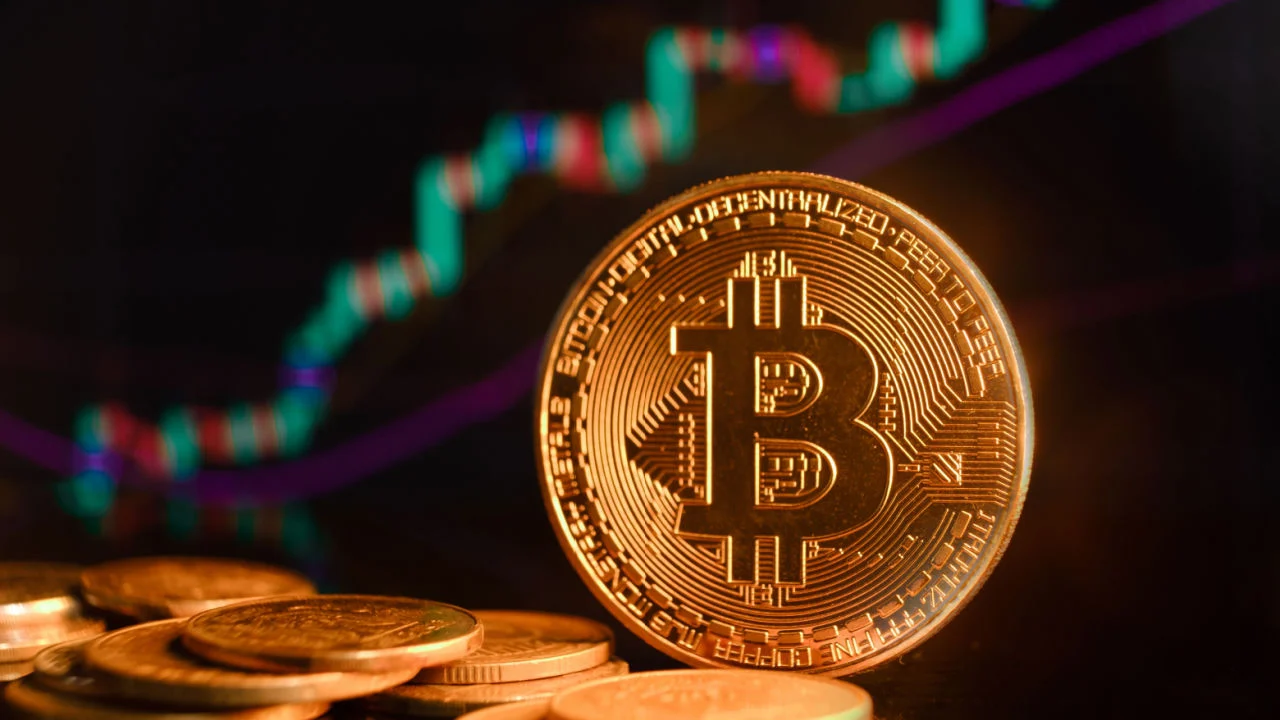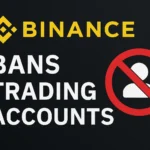Crypto investors learned shocking news when a leading on-chain data technology revealed that Bitcoin exchange reserves hit a new low—the lowest level in years. Because of the potential impact on Bitcoin’s price and market dynamics as a whole, the present scenario has roused the attention of investors, experts, and fanatics. There has been a shift in investor sentiment, as shown by the shrinking exchange reserves, and this has prompted speculation about Bitcoin’s near-term prospects.
Bitcoin Exchange Reserves
Bitcoin exchange reserves are the amount of Bitcoin that exchanges hold for trading purposes. These reserves are vital shot in the market liquidity and are often considered as an indicator of market sentiment. When reserves are high, it generally points to the fact that traders and investors are participating in the exchanges by buying, selling, or trading Bitcoin.
However, the decrease of exchange reserves can often warn investors that they are taking their Bitcoin off the exchanges for personal storage, either for the long-term or for other valid reasons, such as overblown concerns about the market or security.
Bitcoin Exchange’s Latest Data
According to a recent report, Bitcoin exchange reserves are at their lowest levels since 2018. This data arrives at a time of growing interest from the institutional side, as well as a general market trend which has pushed Bitcoin’s price to new heights in recent months.
Exchange reserves have been steadily declining since late 2023, with a particularly sharp fall in the first quarter of 2024. The recent data on Bitcoin showed a decrease in the amount of currency held on exchanges, which was almost 20% less than at this time last year.

The report also highlighted that the decrease in exchange reserves coincides with a huge jump in the amount of Bitcoin stored in wallets that are not associated with exchanges, like cold storage wallets or institutional custodians. This means that more and more people are investing in Bitcoin.
Implications of Low Exchange Reserves
Breadth in Bitcoin exchange reserves will decrease, meaning there will be several different problems that might be caused by the market. One of the key elements is the liquidity impact – less exchange reserves can reduce market liquidity. Trading will, therefore, be more difficult since traders cannot execute large buy or sell orders without significantly affecting the price. At this stage, the existing problem might intensify in the short run, especially in the case of major market movements.
Further, the decline in exchange reserves could indicate a long-term bullish attitude. Investors, mainly institutional ones, might be taking their Bitcoins off the exchanges, considering that the currency’s price will go up. They will thus show that they trust BTC in the long run since they are no longer concentrating on short-term issues only but more on the potential for future value growth.
Bitcoin’s Price and Market Sentiment
Bitcoin exchange reserves fall in parallel with how the market feels about it. There are a number of investors who now feel that investing in Bitcoin is because it has been rising in value. As Bitcoin increases again, many investors transfer their holdings from exchanges to cold storage over the long-term growth trajectory. Still, the decline in exchange stock may be evidence of traders being twice shy than once a trader.
Retail investors may sell Bitcoin due to market movement, while many institutional investors will likely hold the asset. Even though that is good because it underscores the generally positive market sentiment, the recent drop in exchange reserves might possibly be calling on these investors to play it safe by not being too ready for the downside.
Next Bitcoin Exchange Reserves?
The decline in Bitcoin exchange reserves adds another layer of complexity to the cryptocurrency market. While it could signal growing institutional interest and long-term bullish sentiment, it also raises concerns about market liquidity and potential price volatility. As Bitcoin continues to trade near its all-time highs, it is likely that exchange reserves will remain low, reflecting the broader trend of investors moving their holdings into private wallets.
Moving forward, monitoring how exchange reserves evolve and whether institutional players continue to withdraw Bitcoin from exchanges will be important. The potential for increased volatility could lead to greater market fluctuations, but it also presents opportunities for those with long-term bullish convictions.
In Summary
The lowest Bitcoin exchange reserves in years highlight an important shift in investor behaviour, with more Bitcoin being moved to private storage solutions. While this trend may indicate growing institutional interest and long-term bullish sentiment, it also poses challenges to market liquidity and short-term price stability. As Bitcoin continues to evolve as an asset, the movement of Bitcoin off exchanges will remain a key trend to watch, potentially shaping the market dynamics in the months and years to come.







